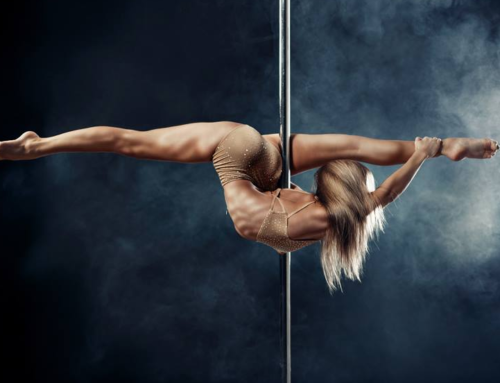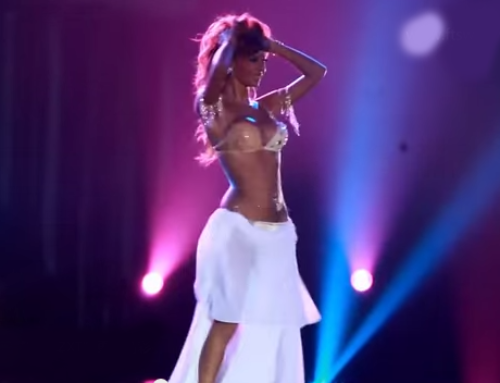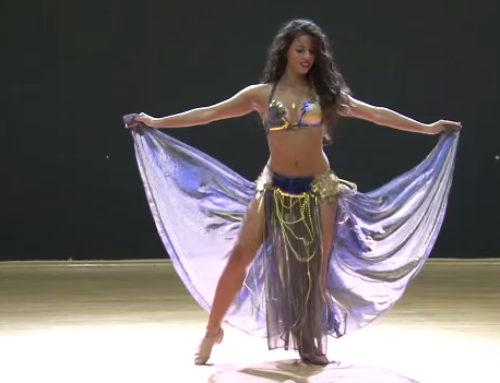Scientific research suggests that ballroom dancing is one of the best forms of exercise for not only our bodies but also for our minds. In this article, the term ballroom dance will refer to both social and Dancesport, partner dancing including Latin dance, the smooth dances, swing, club Latin like salsa, bachata and merengue, country western dancing, Argentine tango, hustle and the nightclub two step. There has been considerable research pointing to the benefits of ballroom dancing for delaying the onset of dementia and slowing the progress of Alzheimers. While I will focus on ballroom dancing and ballroom dance articles, I suspect that there are similar benefits for square dancing, round dancing and contra dancing as well. Also, there are some great dance genres like yoga for dancers, zumba, line and dancing that are great for improving fitness.
According to numerous articles, ballroom dancing is rated higher than regular exercise or crossword puzzles as an activity to prevent or delay dementia and/or Alzheimers due to the mind body connection involved in both learning to dance and in maneuvering around the dance floor. For instance, dance partners must keep time, move their own bodies and lead/follow, traffic the dance floor and in some dance genres there is also a lot of free expression and attention to musicality.

The full effect of music on the human body may not be completely understood but it seems to have a magical effect on listeners (and dancers). Depending on the music, it can have a relaxing or energizing effect, it can elevate mood and the combination of music and dancing definitely increases the flow of endorphins in the body leading to a lessening of any pain and an increase in euphoria. Music affects us not only by its melodies or singers but also its rhythms moves us like the tides.
Years ago in a psychology class, I remember watching a film about the detrimental effects of not being touched on humans, in this case babies in orphanages. The findings concluded that it was essential for humans to be embraced and touched in order to achieve a quality human existence. This is yet another amazing benefit to dancing, the holding of hands and contact in the different dance positions. Society is becoming more isolated as we move more and more toward a virtual existence where human contact will be even more important.
The social benefits are fairly obvious but membership in the larger community of dancers is a wonderful added benefit to dancing. While dancers have thousands of acquaintances, they also end up making a good number of life-long friends in the dance community. It is interesting how for some of us we see our dance friends more often than our family. They become like an extended family.
Dancing is a great type of exercise but many would agree that it is more fun than going to the gym and lifting weights and less hard on the skeleton than hard core aerobics. The exercise in dancing is steady but doesn’t use as much bounce as aerobics. Because dancing is fun, healthy and social, many dancers go out to learn dance at dance studios, practice at dance parties and go out dancing at various dance clubs several times a week. Dance enthusiasts often dance every other night while some dancers go out dancing almost every night of the week. This consistent workout contributes to improving strength in the arms and legs, cardio and is mildly aerobic, especially for those dancers that dance every dance when they go out. I have seen dancers in their seventies, eighties and a few in their nineties dance several times a week. The exercise involved in dancing increases blood flow, raises the heart rate, oxygen flow and works our muscles in the isometrics of holding our frame, knee and ankle flexing and engaging the leg muscles while lifting or lowering ourselves. Flexibility is improved with motions that stretch, bend and twist.

Non-verbal communication is an important type of communication that is essential when dancing. I believe there is so much to learn from the way people interact and communicate non-verbally. Humans are complex and there are ways to communicate our thoughts, feeling, ideas without saying a word, for instance, and expression can convey so many different things to another person. Also, body language and learning how to read body language contributes to our understanding and knowledge in social situations. Dancing may be beneficial to easing the stress of social gatherings.
Lastly, dancing is a great melting pot of people of all ages, races, religions, occupations and education. In some cases, I have met people I probably would never have met in most other types of sports, leisure activities or avocations. The atmosphere is relaxed, friendly and joyful, this is a great way to forget problems for a while and learn to play and laugh. Most dancers are not comfortable being couch potatoes, they want to be active and like to learn new things. This led them into dancing. Many dancers try different types of dance classes, dance parties and other types of dancing venues like nightclubs, Elks Club’s, cruise ships, dance travel and outdoor dancing.
The health benefits of ballroom dancing generalize to almost every aspect of our lives including the physical, mental, emotional and social parts. Engaging the mind body connection leads to more fitness, fun and friends. What a great way to get in shape! Here are a few other online articles on the health benefits of ballroom dancing. Enjoy and come out and dance with us for health!
http://www.aarp.org/health/fitness/info-2005/dance_to_health.html
http://www.webmd.com/fitness-exercise/features/dancing-your-way-to-better-health
http://www.artscouncil.org.uk/media/uploads/documents/publications/phpN0GNFD.pdf
http://socialdance.stanford.edu/syllabi/smarter.htm
http://seniorliving.about.com/od/hearthealth/a/heart_health_da.htm





Leave A Comment
You must be logged in to post a comment.